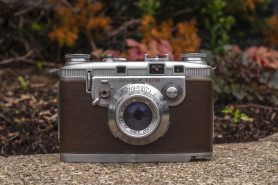Johnny Depp With a Camera
The famous American actor Johnny Depp is often seen with cameras. The cameras are of a wide ranging styles and brands, but since people seem to really like looking at pictures of Johnny Depp with a camera, here are some great examples! Do you like pictures of Johnny Depp with…













